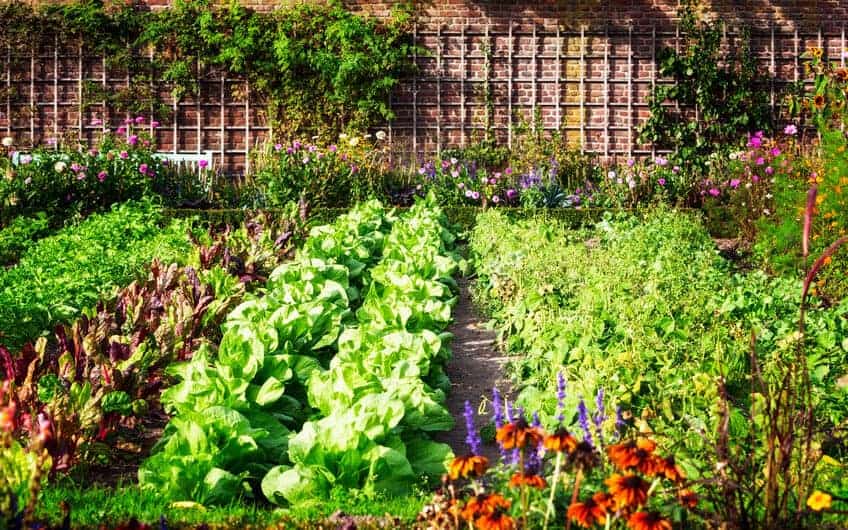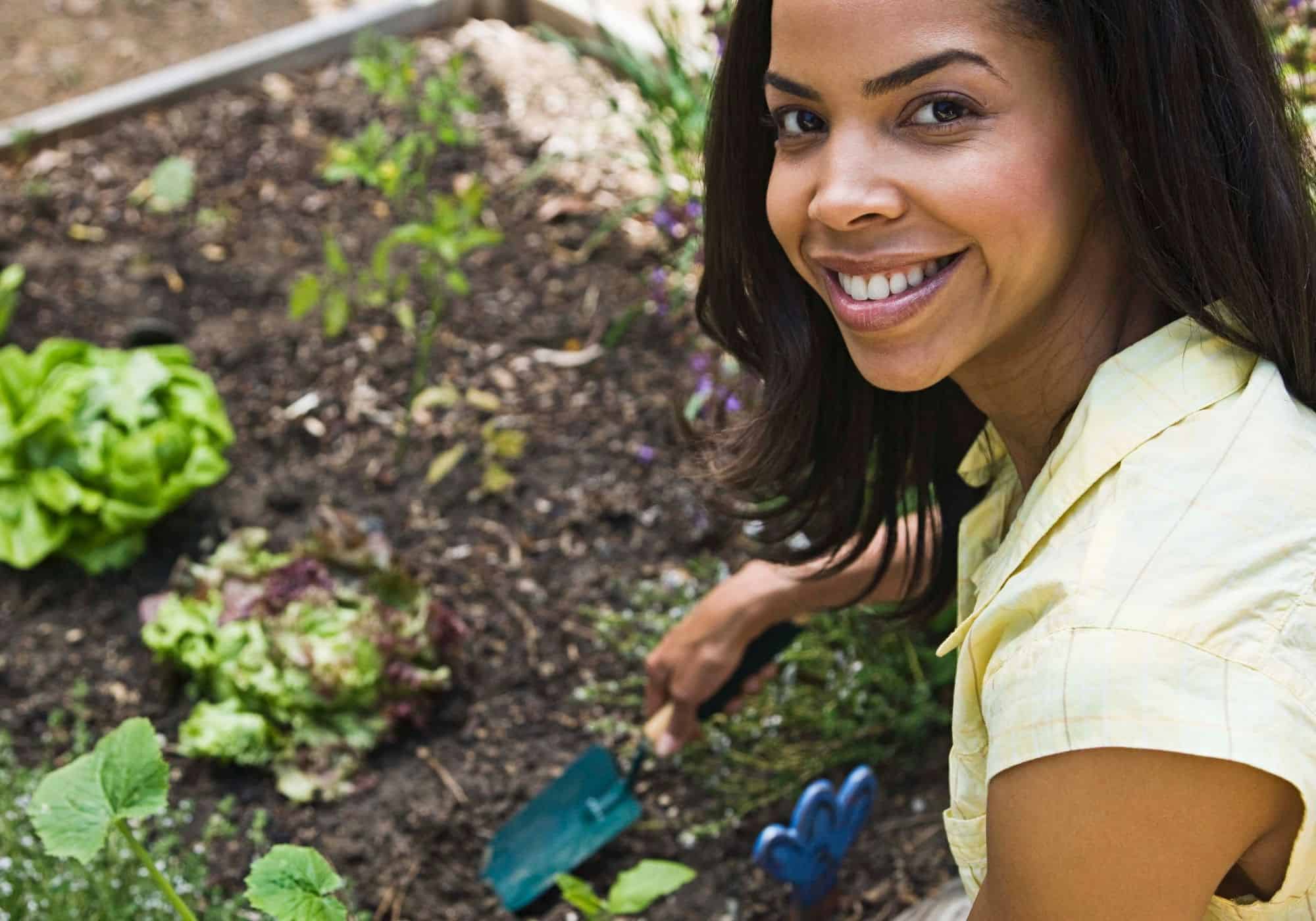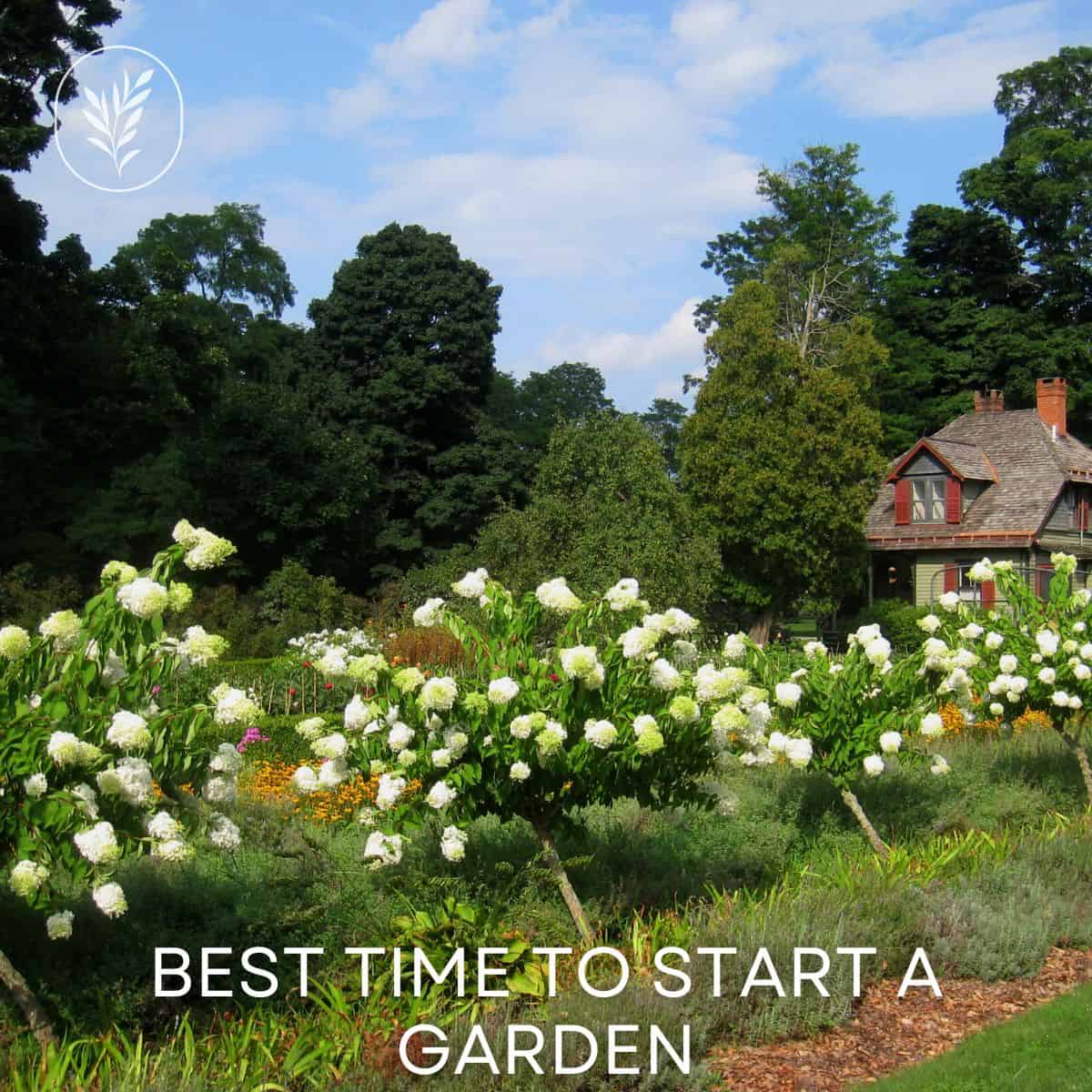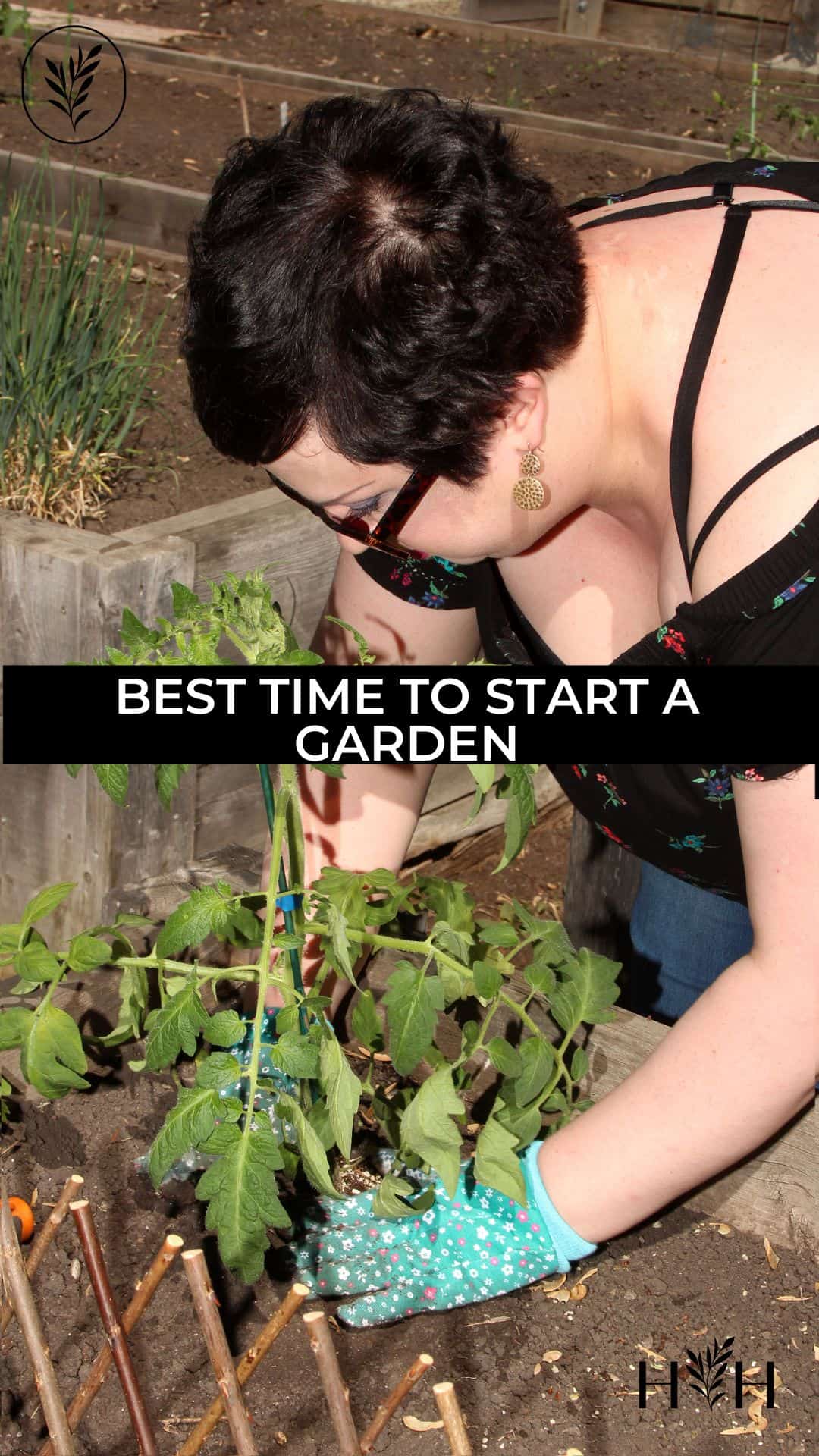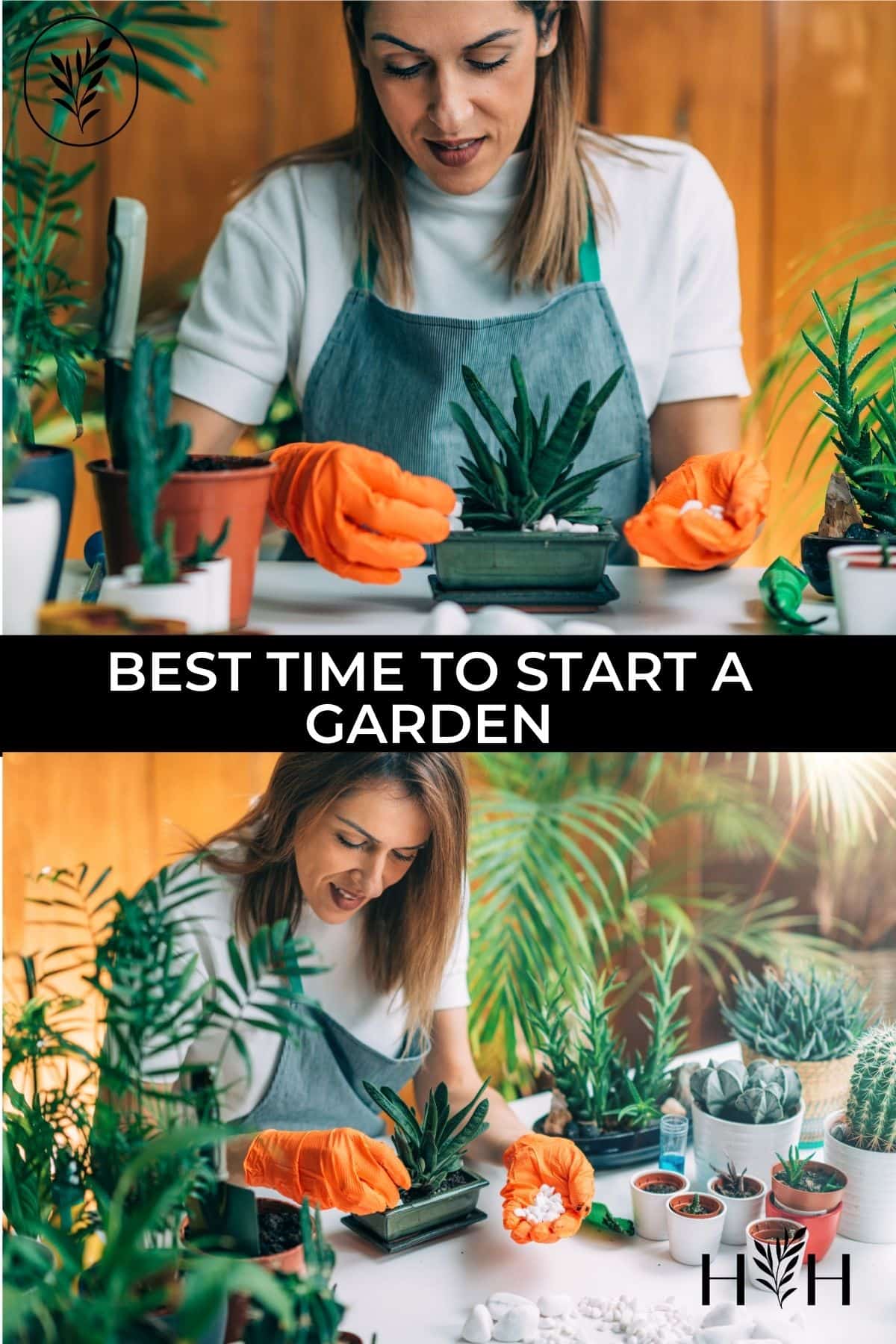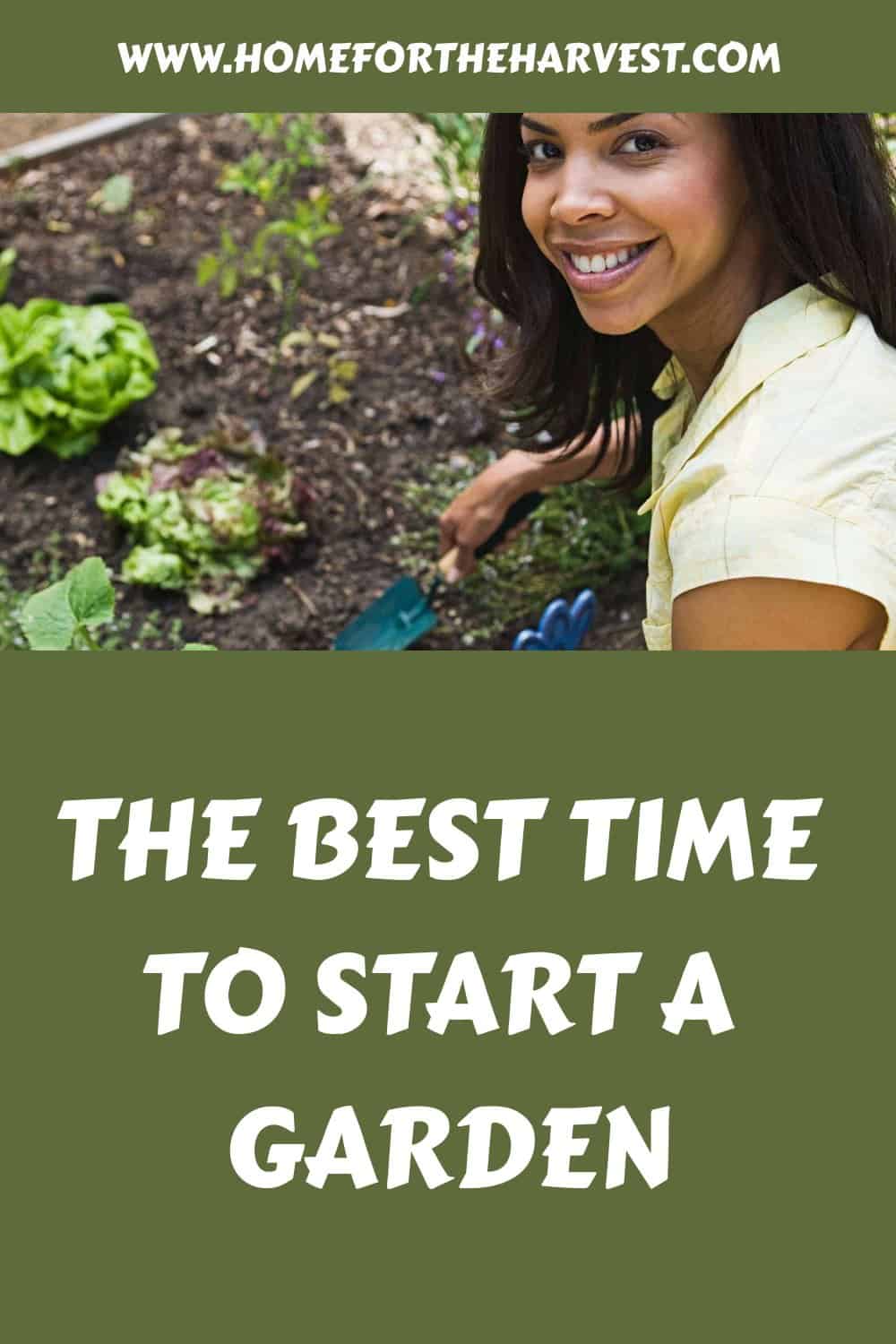Starting a garden is no easy project, but if it’s something that you are thinking of undertaking, it’s important to know what you will need to do to help cultivate and nourish it (and when!). Among other things, an essential part of gardening is knowing when is the best time to get started. So, what would be the best time to start a garden?
Generally, spring is the best time to start a garden. The garden centers are well-stocked, the whole growing season is ahead, and outdoor plants have a chance to become established before the hottest days arrive. The optimal time will vary a little bit depending on where you live and what you’d like to grow. After spring has passed, summer and fall are great times to score low prices on plants and to plant winter crops. The wintertime is the perfect time to plan your garden for the upcoming spring. You can also start an indoor garden any time of year.
Now, let’s get into the specifics of when to start your garden. In this article, you will find information from many of the most populous states and what some of their county extension offices consider to be the best time to start a garden, how to prepare your garden for planting and helpful tips for nurturing it.
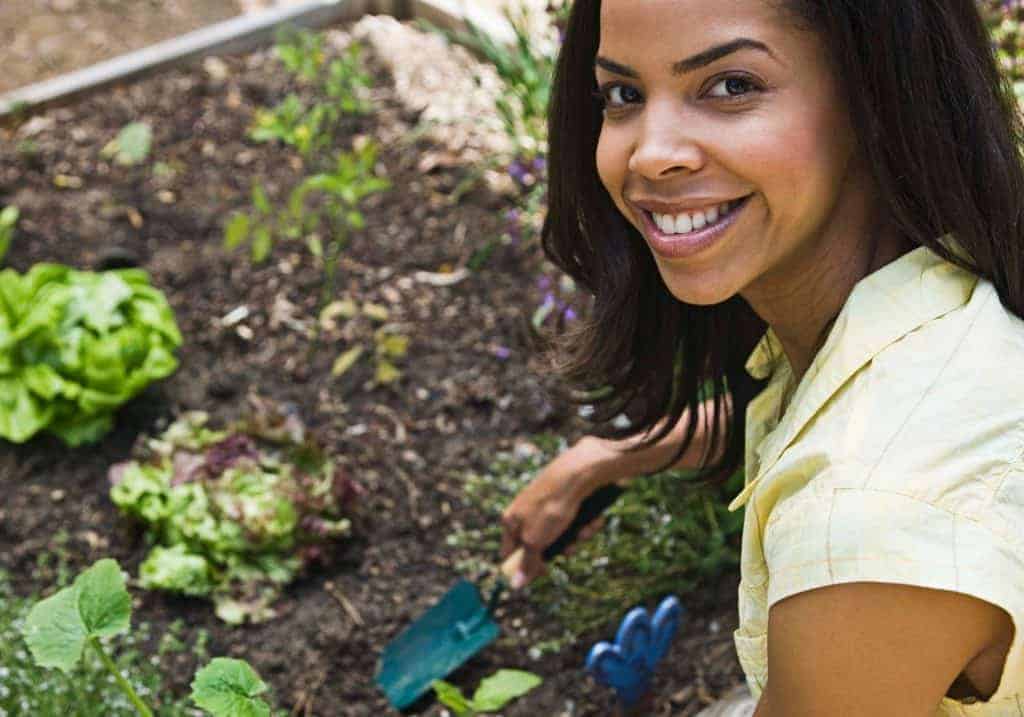
California: Tips for starting a garden in the golden state
Orange County: Pretty much anytime is okay to start planting in your garden. Although different plants will have an easier time growing if they’re planted at certain times. One example of this is that vegetables like lettuce and peas have an easier time growing during the cool season, while plants that need more heat like tomatoes, peppers, and squash, will do better growing in the warmer season. Through some research of your own, you can easily find out which vegetables you should plan to start at what point in the year.
San Diego County: There really isn’t a ‘best’ time to start a garden in this area. Because of the steady, warm weather throughout the year, you can pretty much make a garden work year-round. However, the months of March and April are always great times to start. November is also the best month to start your winter vegetables like cauliflower and beets, while for more summery vegetables like tomatoes, your best bet would be the months of May and June.
Tips For Starting A Garden In California:
- 6 hours of sun a day is recommended for most plants, so make sure to pick a good location for your garden.
- If you are not planting on a raised garden bed, amend the native soil in the ground by adding organic matter and fertilizer (such as worm castings). This creates richer soil, which is helpful because California has something called alkaline soil, which just means that since they don’t get a lot of rain they have too much clay in their soil. If you do create a raised bed, make sure to buy the proper soil to fill it with.
- Turn your soil before you begin planting, but don’t turn it a lot, if at all, after planting because you want your soil to form a sort of structure for your plants.
- Make sure you have an adequate irrigation system so your garden will get enough moisture. The most efficient system for a raised garden bed would be an inline drip system. Self-watering is always an option, you just have to be mindful of it and hold yourself accountable. Plan out your system once your soil is in place.
- Be sure to look at the growth pattern and mature size of each plant to help you decide on spacing in your garden.
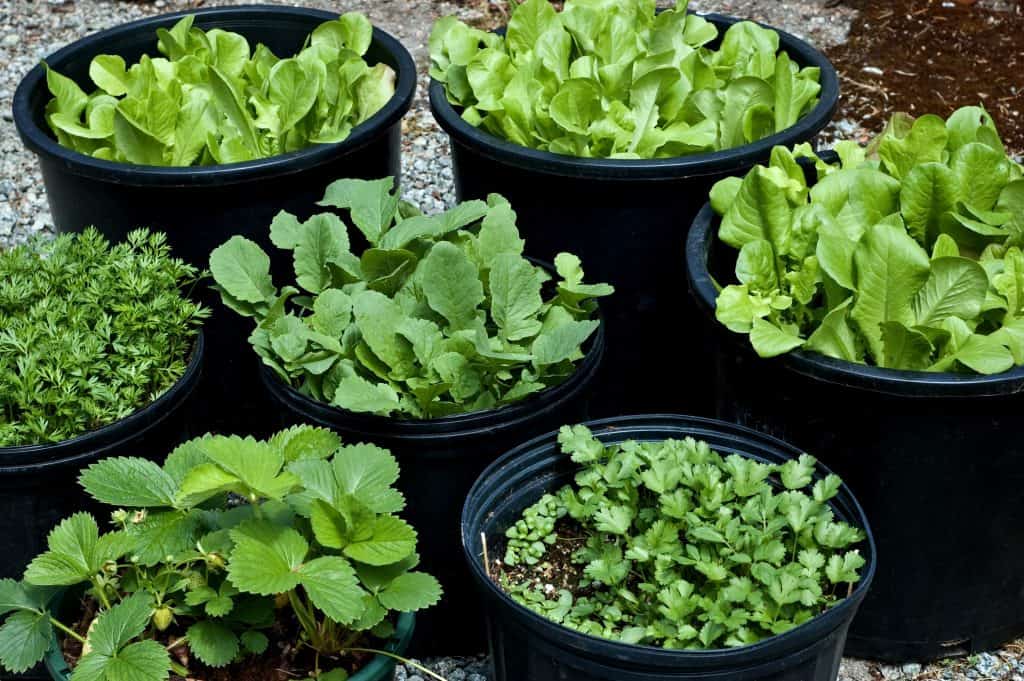
Florida: Tips for starting a garden in the sunshine state
During the summer, it’s too hot to raise traditional vegetables in most parts of Florida, although certain things like melons do well in the warmer months. Summer is also monsoon season so it’s too dangerous to grow stuff outside during that time. For vegetable gardens, the winter months (between October and February) are the best time for planting because the weather is more temperate and dry.
Broward County: In Southern Florida, everything is the opposite of what you might think. They are in what is called zone 10b/11 and are considered a subtropical zone. Basically, their fall is spring and their spring is winter. The best season for starting a garden starts in the fall and ends in the spring.
See this guide for more information about the best planting times for different vegetables in Florida, as well as more general gardening information.
Tips For Scheduling Gardening Season In Florida:
- You can always start an indoor garden during the summer or at any time of the year, as long as you keep an eye on it. Smart gardens like Click & Grow and Miracle Gro’s AeroGarden make indoor gardening incredibly simple!
- Once you’ve picked out the site for your outdoor garden, draw out your plan for where you want to plant everything as well as when you would like to do so.
- Spade or plow your garden plot at least 3 weeks before planting to prepare it, and once you have planted everything, rework the soil so it is smooth and firm on the surface.
- Most Florida soil is low in organic matter so adding any sort of organic matter (like compost, fertilizer, or soil mixes) will be beneficial. Uncomposted organic matter should be mixed into the soil at least a month before you start planting, while composted organic matter can be added at the time you choose to plant.
- Younger plants will need frequent but light irrigation. Older ones will need more water, but not as often. To help your plants hold water until it can be absorbed into the soil, make a slight depression at the base of your plants.
- Watch out for symptoms of developing plant diseases in your garden and use caution when deciding on and using any sort of pesticide.
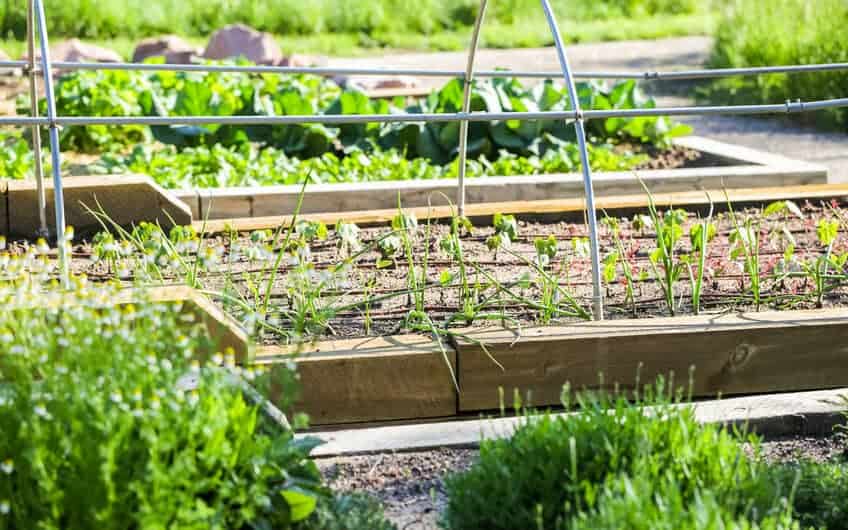
New York: When to start a garden?
Manhattan and Bronx County: The best time to start spring vegetables, such as lettuce, peas, beets, and other greens, would be between February and April. For summer vegetables, like tomatoes, peppers, beans, and cucumbers, between March and May would be the best time to start growing them. And for fall vegetables, such as broccoli, kale, and cauliflower, sometime in July and August would be best.
For more information on the best time to plant things and how to take care of them in the New York climate, check out this handout.
Tips For Starting Your Garden in New York:
- One helpful thing to do would be to start growing your seeds indoors for a couple of months before putting them outdoors. For instance, start your summer vegetables inside in March and then transplant them to an outside spot sometime in May.
- Something that many suggest is to plant a cover crop if you can at a point in the summer and winter to help the plants. Cover crops are plants that are not meant to be harvested, but rather just cover the soil and help manage soil quality, weeds, diseases, and any pests.
- Frosts in New York can still be coming in during the middle of April, so either keep your garden inside and out of the cold until the weather warms up, or find some way to protect it outside during that last bit of cold.
- Since there isn’t a lot of room for a garden in places like NYC, plan on using a raised garden bed for your vegetables, or even some sort of window box. The beds should not be built out of materials that can leach into the soil, such as painted parts, metal, or wood treated with any sort of preservative or pesticide. In either the fall or the spring, add compost to the top of each garden bed.
- Avoid using pesticides if at all possible. If you do need to use one, make sure to use one approved for your plants and be sure to follow any instructions given for it.
Texas: Tips for when to start a garden in southern regions
Dallas and Harris County: The weather in Texas can be quite erratic, but the best time to start a spring garden in Texas would be in late spring, probably in the months of April and May. After you’ve removed any previous plants and added a couple of inches of compost to replenish the soil, you can start planting. Some of the best vegetables to grow during the warmer months in Texas are cucumbers, peppers, beans, peas, squash, and even corn and watermelon.
If you plan to start a fall vegetable garden, you should plan to plant your seeds 12 to 14 weeks before the first frost; sometime in late September would be best. Winters are pretty mild, but it’s best to be prepared. Some vegetables to put in during the fall would be beets, cabbage, lettuce, onions, and carrots. Vegetables like peas and cucumbers thrive better in cooler temperatures, so they might need some extra care to grow well in the Texas heat. Artichokes and carrots are some of the vegetables that are the most tolerable to the heat.
Tips:
- Cold fronts and frosts have been known to appear unpredictably in Texas, especially during the months of November through March, so it’s important to be on top of it and develop your own plan for how to protect your plants and minimize your losses. Research the durability of your different plants when faced with frost and how well they can withstand different temperatures.
- Texas actually gets a fair amount of rain during the year, in part thanks to the humidity there, but it would still be a good idea to have some sort of irrigation system in mind for your garden. Not a lot of rain comes during the warm summer months, and it’s possible that there can be periods of drought during this season. Whether you choose to self-water or not, find a system that works well to consistently give your garden the moisture it needs.
- For a garden started in any season, be sure to water the seeds daily for two weeks after planting. This will make sure the plants can start growing until the roots are mature enough to support them on their own.
Alaska: Tips on when to start gardening in Alaska
Anchorage County: Most commonly, gardens are started in the mid to late spring in Alaska. The months of April and May are the best time to do this. Vegetables like carrots, lettuce, radish, and turnips can be planted before frost season is over, while vegetables like cabbage, broccoli, Brussels sprout, and cauliflower will have more success if put in the garden as transplants (meaning that they started to grow in a different location – like indoors – before coming outside).
Transplanting is a common thing to do up here with your garden, so it’s a regular thing to start your seeds inside. The best time to do so would be towards the end of February so that you can begin transplanting towards the beginning to middle of April.
For more summer vegetables, like beans, corn, squashes, watermelons, and cucumbers, you can plant them directly into the ground at the beginning of May, when the soil should be warm enough. However, your area might not provide enough time for these vegetables to mature, so your other option is to start growing them indoors in the middle of April.
See the Cooperative Extension Service for the University of Alaska Fairbanks for some helpful documents and handouts about the specifics of preparing and starting a garden in Alaska.
Tips:
- If your garden might be exposed to lots of wind, buy or make some sort of windbreak to help protect your plants. But take into account how it might be shading any part of your garden.
- Fertilizer is an important part of gardening in Alaska, especially because the soil is poorly drained and contains something called permafrost. One method is to spread 5 to 6 pounds of fertilizer for every 100 feet in your garden. Then mix the fertilizer thoroughly into the top 2 inches of soil. Applying half of the fertilizer at the time of planting and half at midseason will also increase its efficiency.
- Rainfall can be sparse in much of Alaska, so develop some sort of water or irrigation system for regularly watering your garden. Southern Alaska gets a good amount of rain, so a good drainage system is an essential element to consider for your garden there.
- Slugs, cutworms, and root maggots are common pests here, so be sure to keep a close eye on your plants. If you start to see signs of an infestation, call your local extension office for recommendations.
